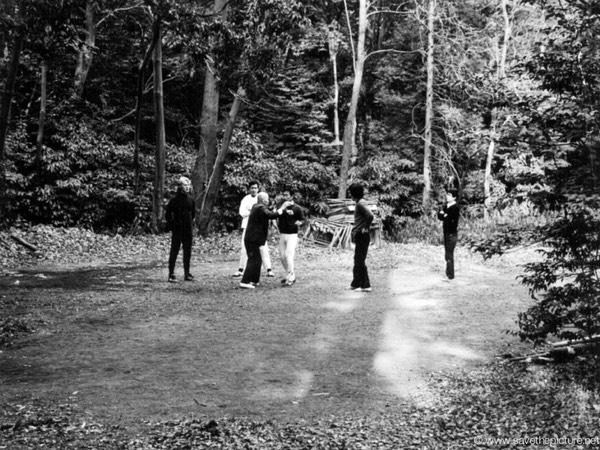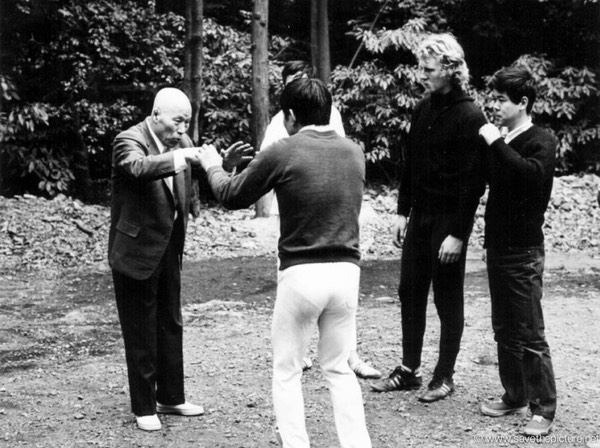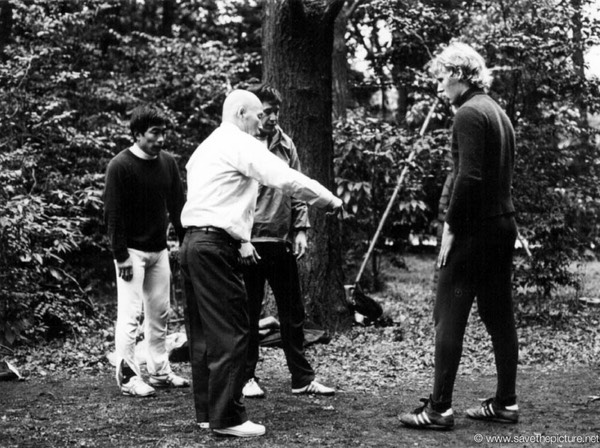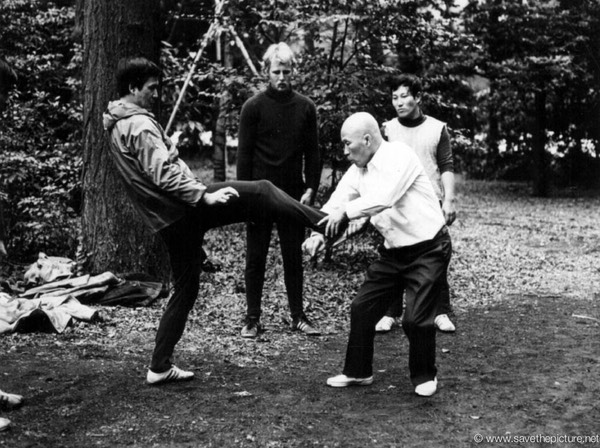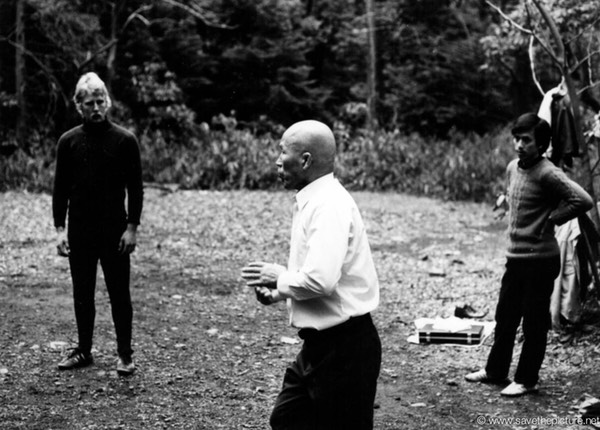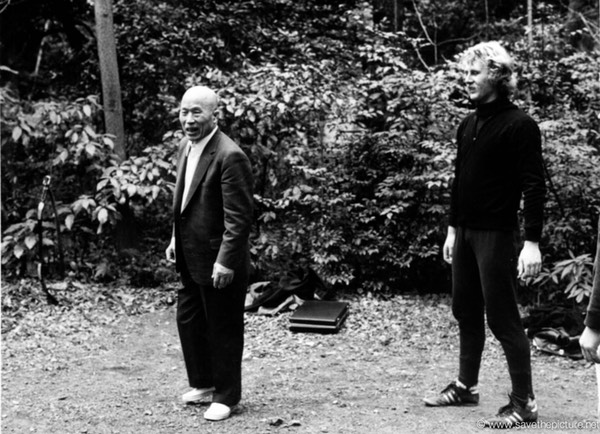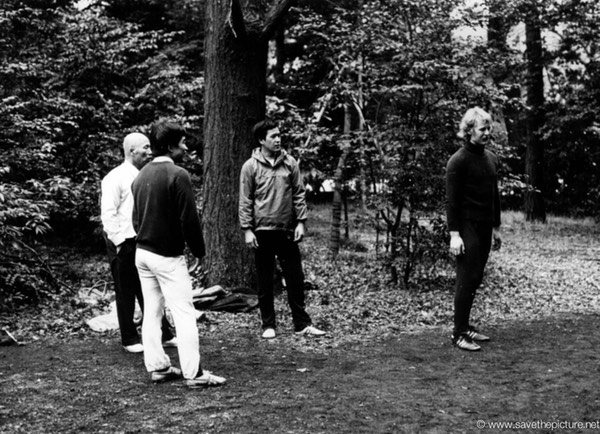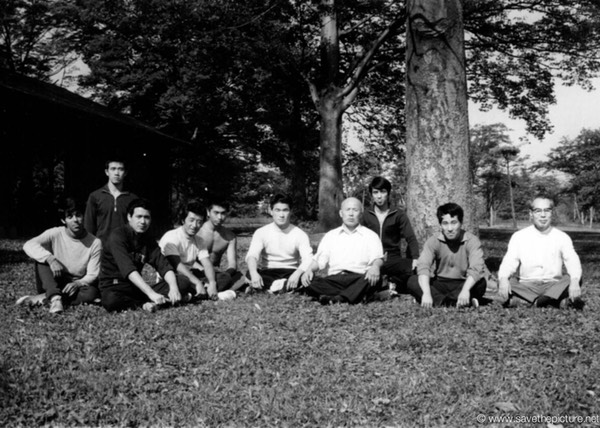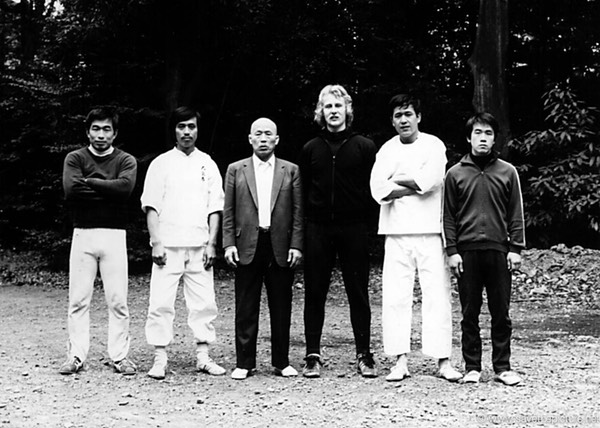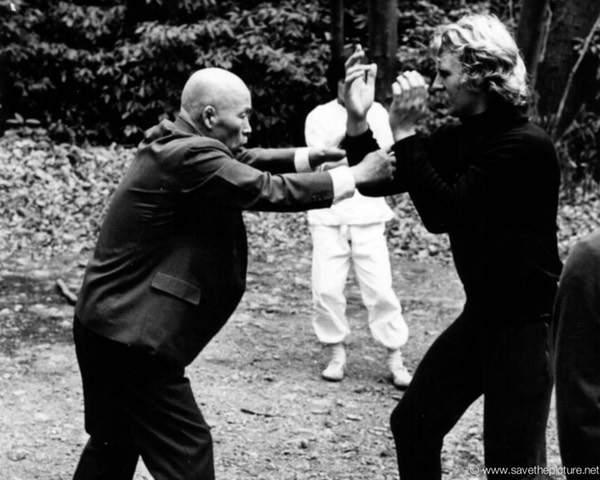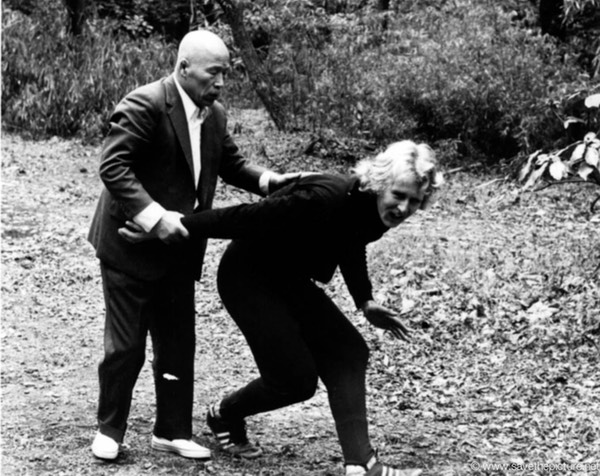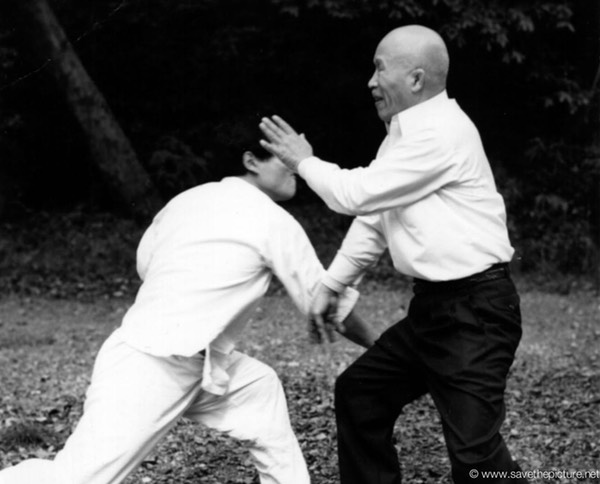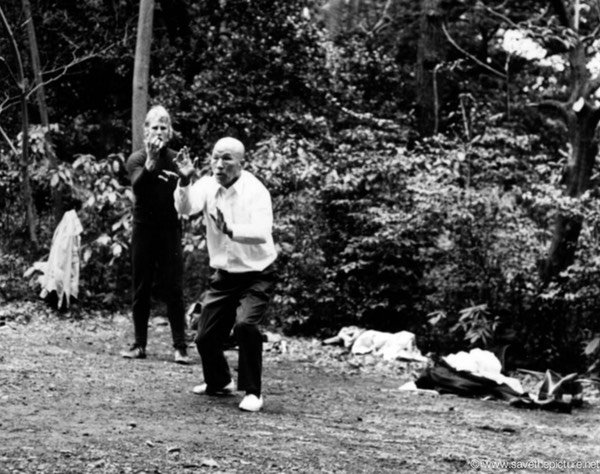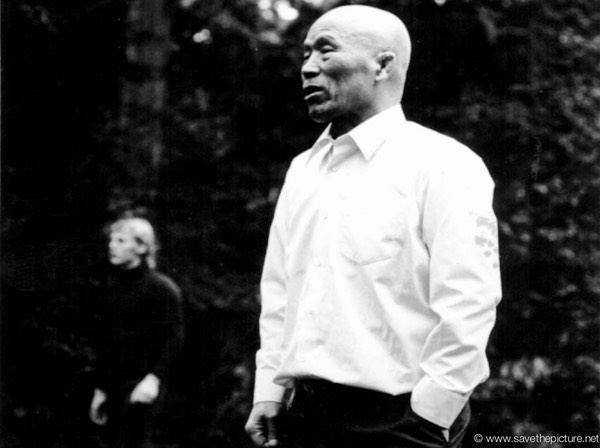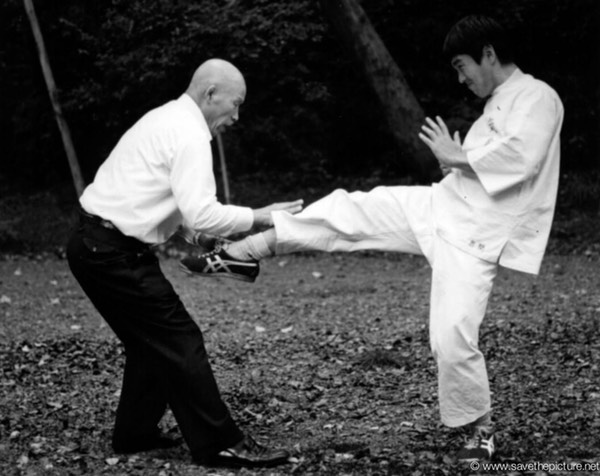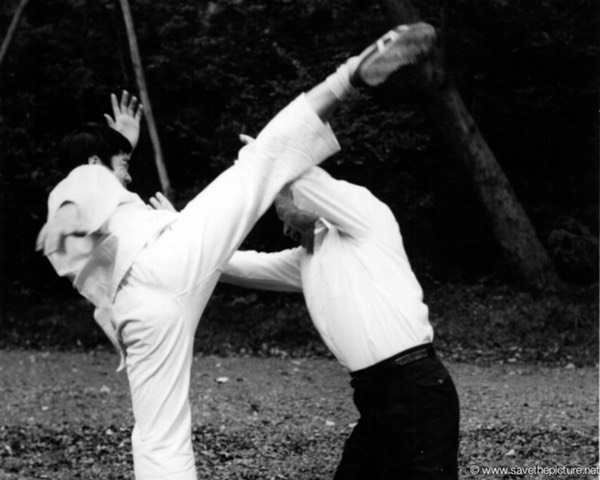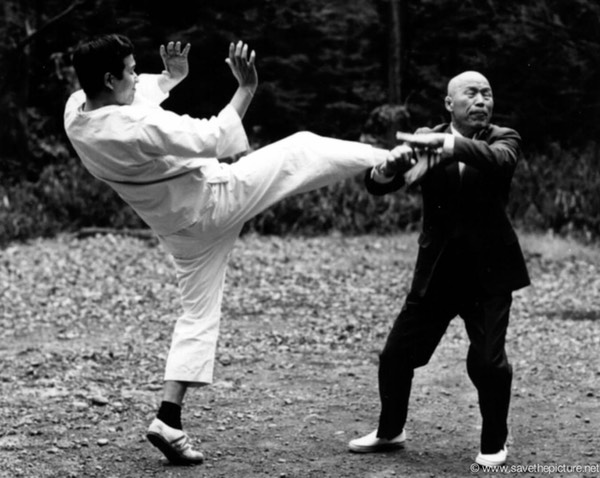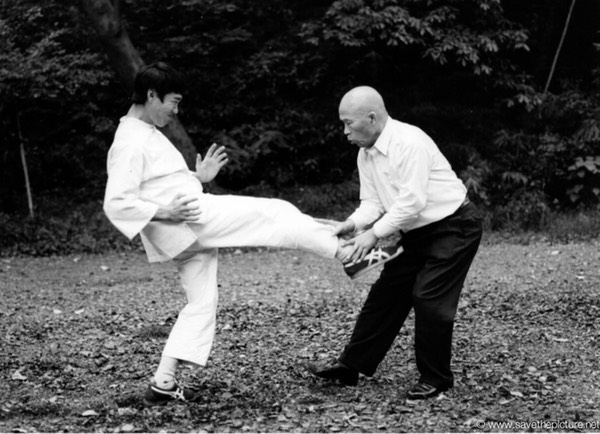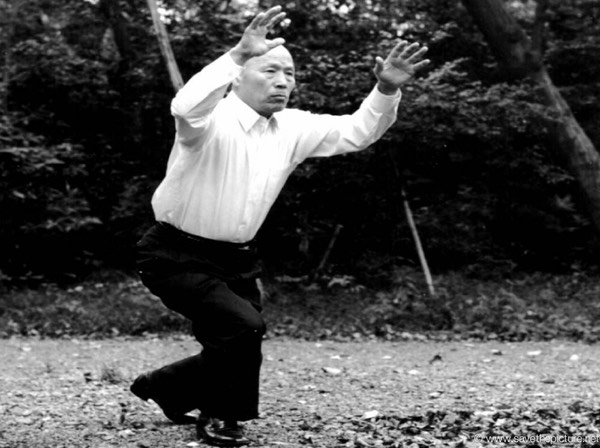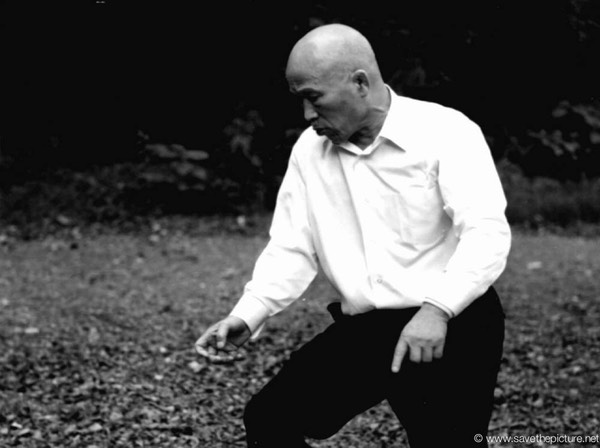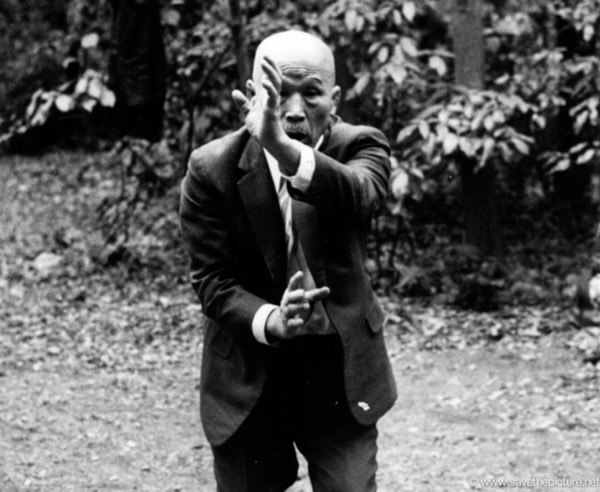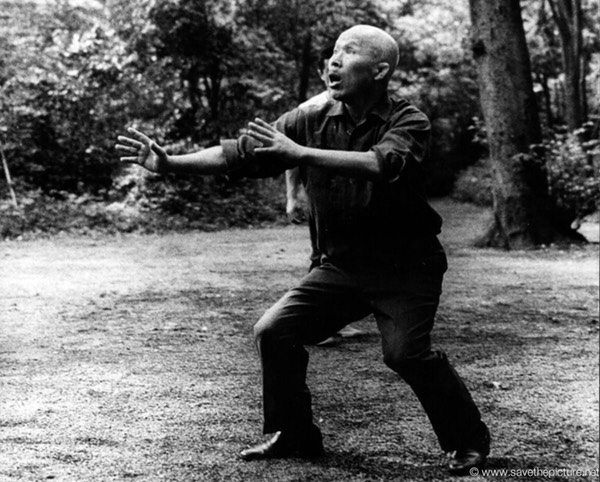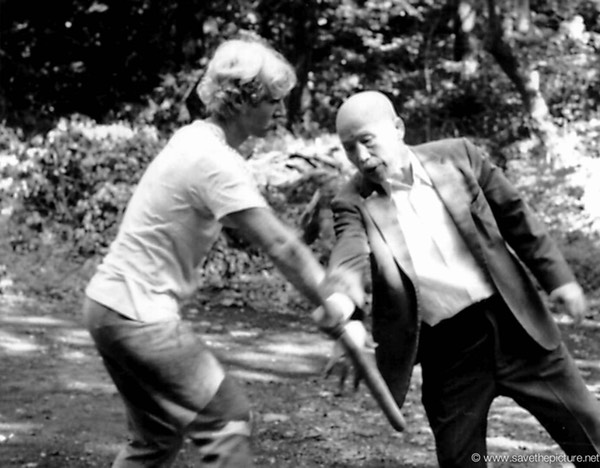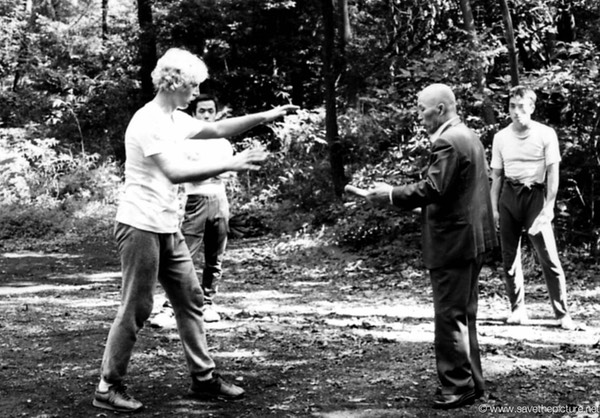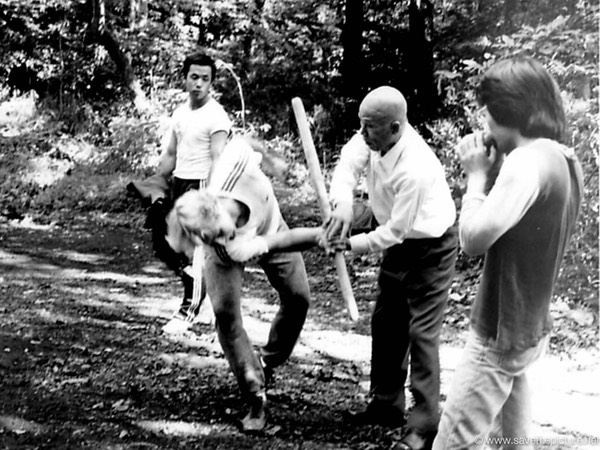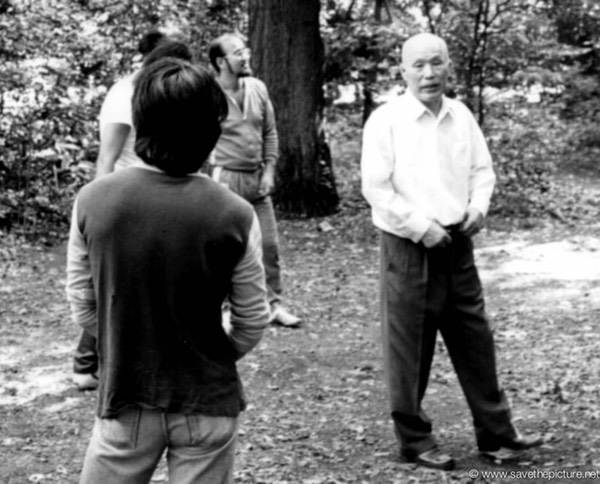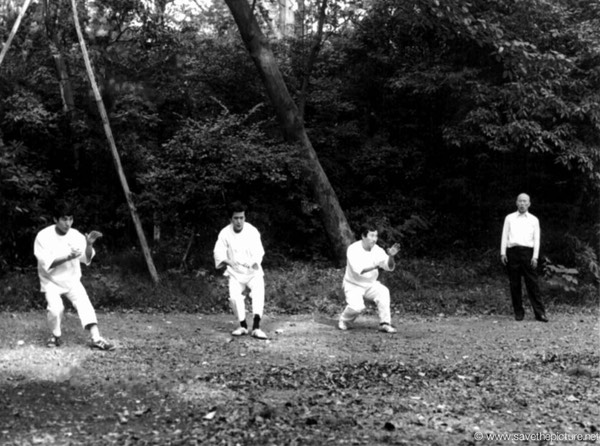savethepicture.net
photos, videos, traveling, food, people, art and sport.
the multimedia galery for our retreats, training, traveling and websites
Site Navigation[Skip]
- Home
- About
- Ibiza retreats
- Art
- Buildings
- Corporate
- Food
- Groups
- People
- Sport
- Taikiken
- Taikiken Meiji Jingu
- Taikiken Int. workshops location 2014
- Ritsuzen (standing zen)
- Taikiken workshops
- Taikiken applications
- Taikiken Hachidankin
- Taikiken natural tuning 2013
- Taikiken workshop Cz 2013
- Taikiken workshop CZ 2014
- Taikiken workshop CZ 2015
- Taikiken workshop CZ 2016
- Taikiken workshop CZ 2017
- Taikiken workshop CZ 2018
- Taikiken workshop CZ 2019
- Taikiken workshop CZ 2020
- Travel
- Video
- Blog
- Contact
- Privacy Policy
- Links
Sidebar[Skip]
Taikiken Kenichi Sawai
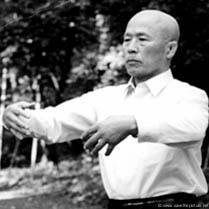
Taikiken: Characteristics, the principle of Ki and more......
The principle of ki, without which there could be no Taikiken, is not especially difficult. Though there are differences in its strengths, ki is found in every one. Students of the martial arts attempt to train their ki to the point where, upon coming into contact with an opponent, they can give full manifestation to it. This is only as it should be, since there would be no meaning in training, no matter how assiduous, if the individual found himself incapable of bringing forth his ki at the moment of need.
In spite of the difficulty of explaining the profound meaning of ki in words, I think I can make something of its nature clear by referring to the spinning of a child's top. A top that turns rapidly about its axis, seems to be standing still, but anything that comes into contact with its whirling sides is sharply and forcefully dashed away. . A practitioner of the martial arts who generates the power of ki is like the spinning top. Though from the outside he seems perfectly calm and still, an opponent who comes into contact with him is immediately driven away by the force of the man's ki.
Taikiken, martial arts with profundity
Taikiken as a modern martial art is: soft with a factor hard, active in silence, flexible in firmness, deliberately intuitive, subtle freedom guiding, depth, feeling, self-confidence, expressiveness and passion, detached connected, harmony and vitality, openness, felt sense, moved, patience, inner peace, independence, character, intuitively connected, courage, targeted goals, clarity, compassion, giving, care, health, mindfulness, resilience, empowerment, assertiveness, defensibility.
